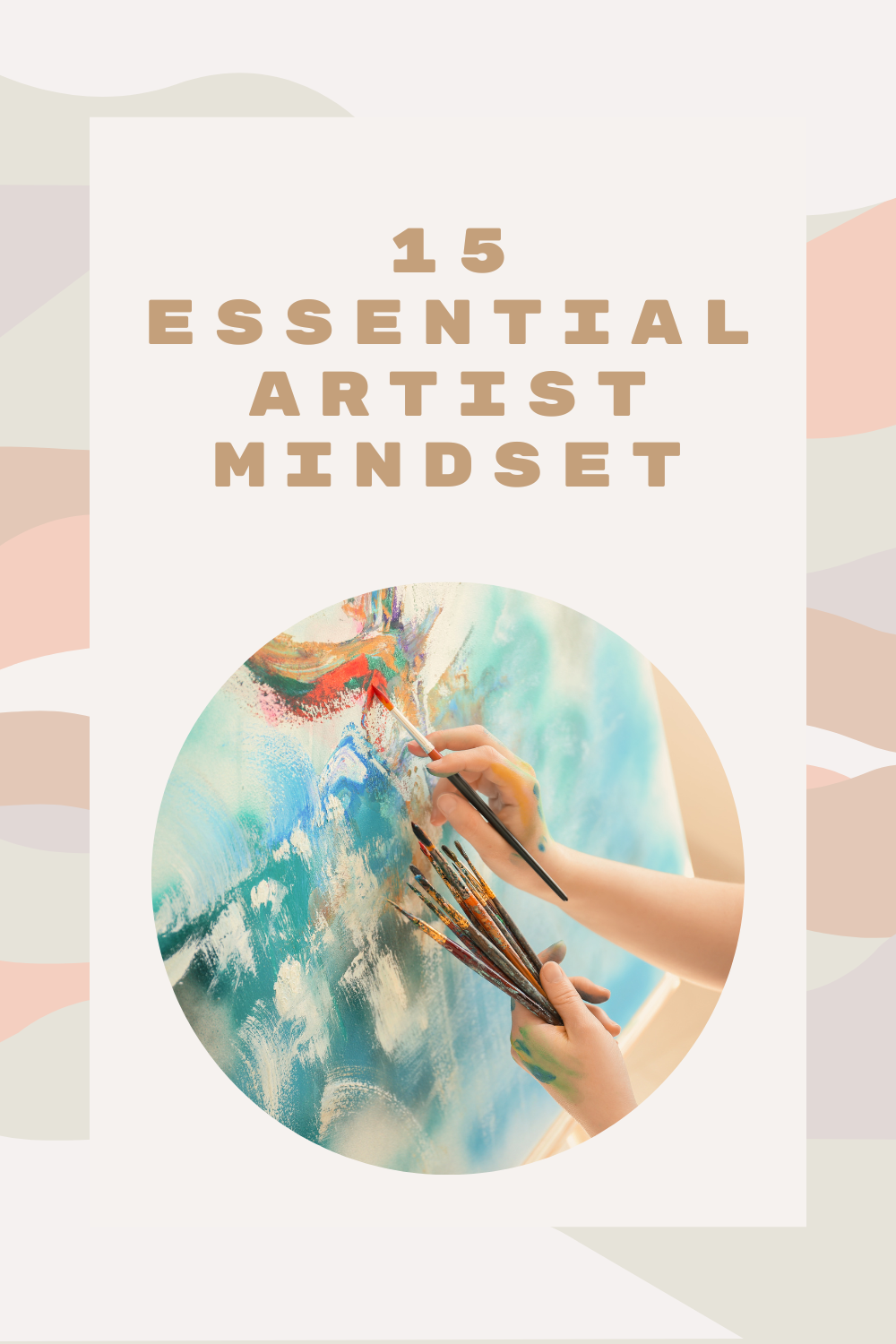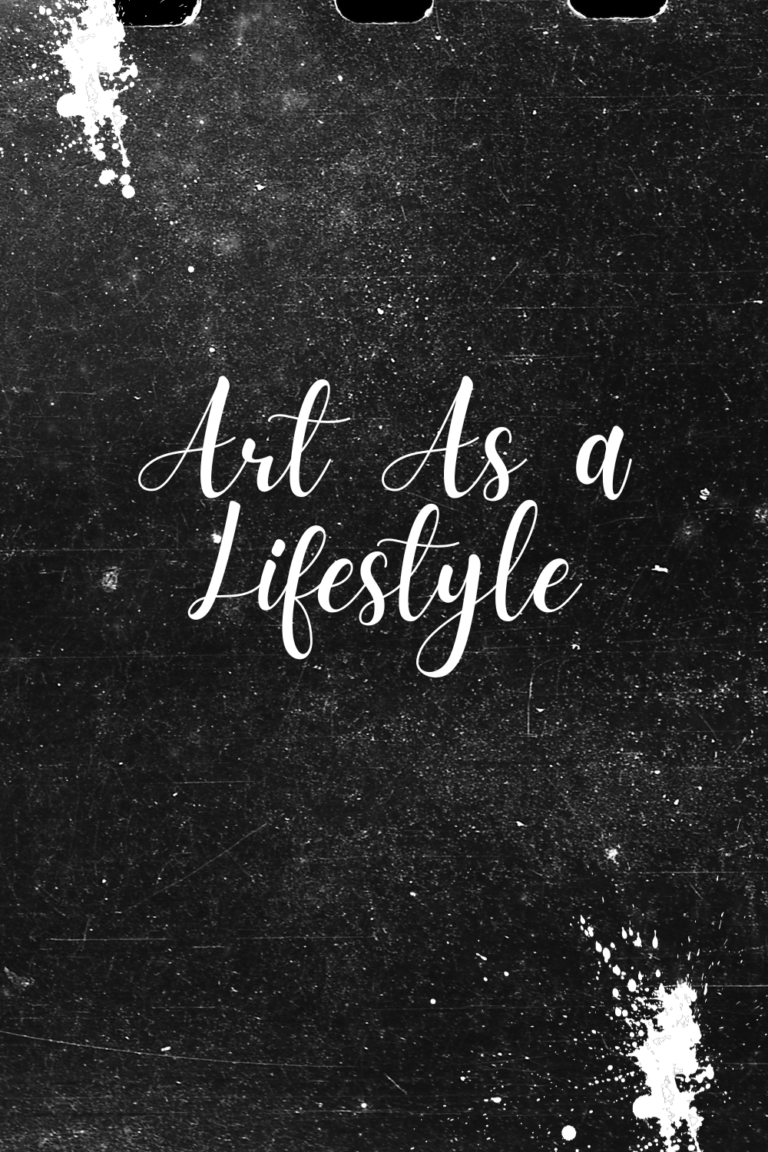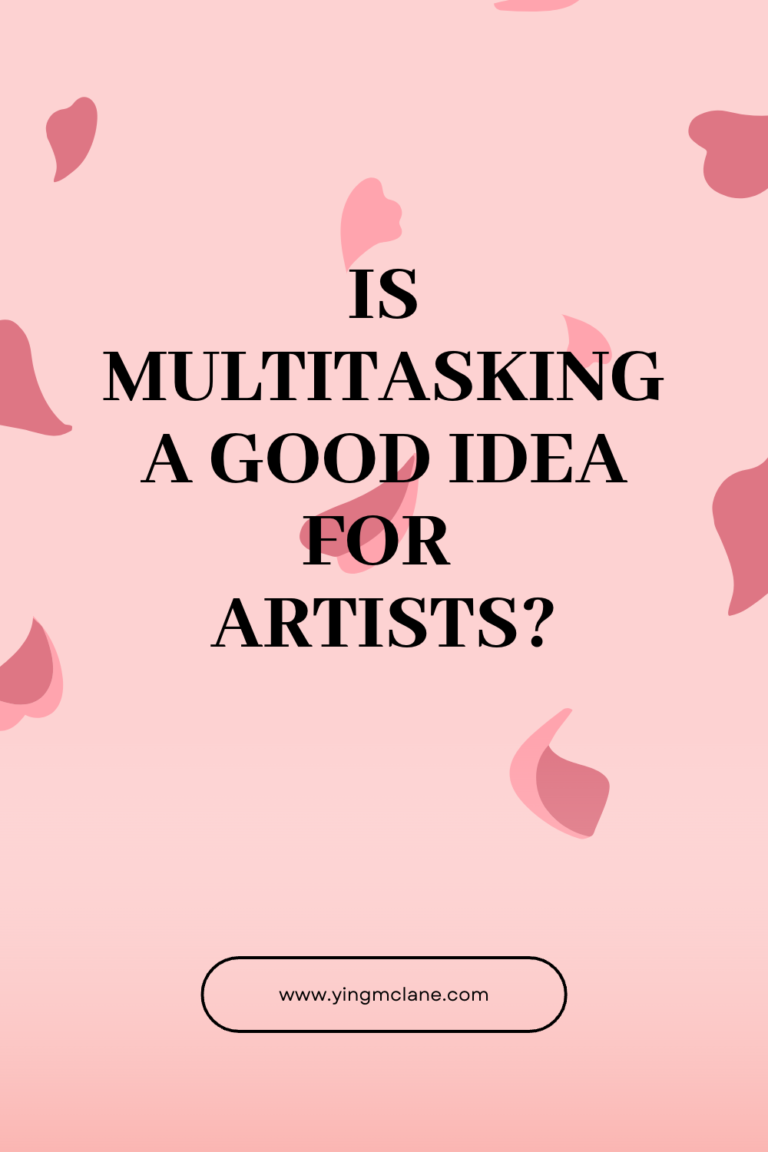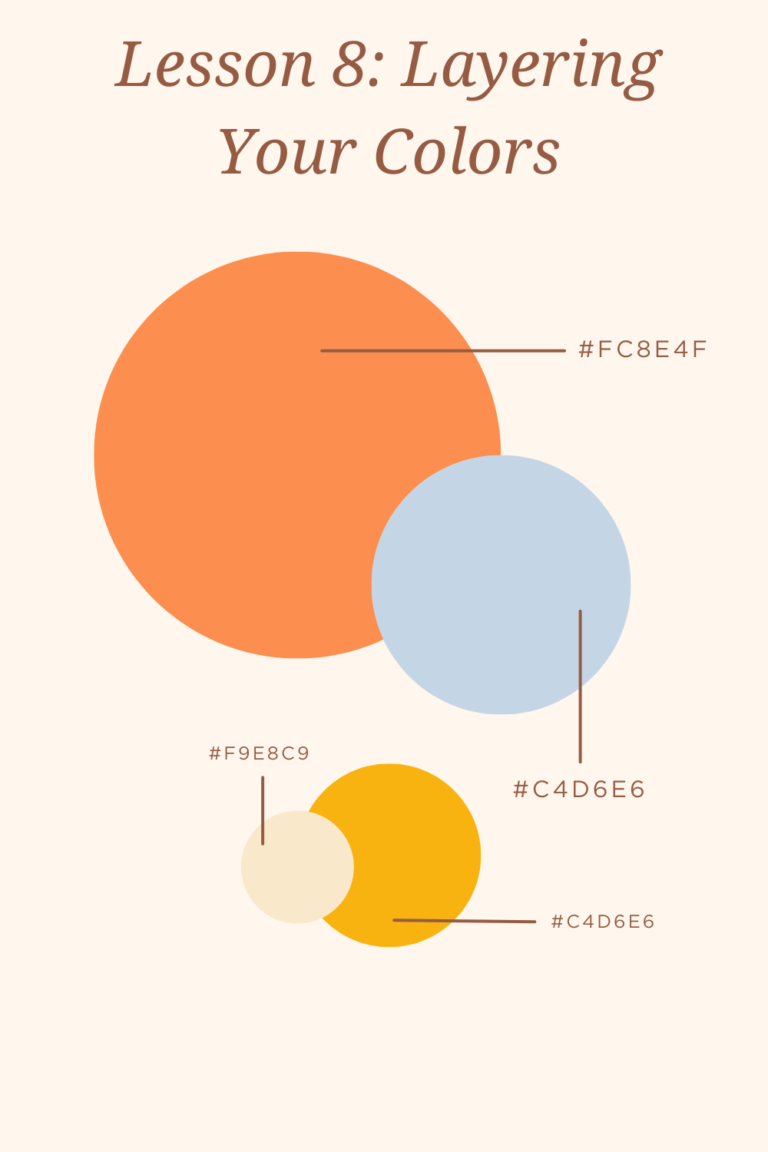Why does mindset matter so much for artists? Can’t we just do what we love—paint and draw?
Well, my friends, here’s the thing: before you even pick up that brush or put pencil to paper, you’d better sort out your mindset first. If you don’t, you’ll find yourself battling fear, self-doubt, or worse, losing your unique artistic voice.
To take your artistic journey seriously, you need a positive and resilient mindset. It’s like a superpower that helps you tackle challenges, setbacks, and criticism head-on, giving you the strength to keep going and keep getting better at your craft. So, let’s get that mindset right and unleash our full creative potential.
1. Define Your Artistic Vision:
- What is your ultimate artistic goal? Describe your vision as vividly as possible. (e.g., becoming a master portrait painter, so you can paint your loved ones and your painting will become precious family heirlooms. )
2. Acknowledge Your Unique Voice:
- What makes your art distinct and authentic? List the characteristics that set your work apart from others. If you don’t have a unique style yet, no worries, just keep painting and writing. Your voice will come.
3. Define what’s your 20% consist of:
- There is a rule for success: 80% of your progress is made by 20% of your activities. Spend three hours trying to decide the best fonts to use for your artist’s website does not belong to that 20% activity. But planning and researching for your next painting collection is. What’s that 20% activity in your creative process and what’s not?
4. Embrace Creative Vulnerability:
- In what ways do you fear expressing yourself through art? Write down these fears and consider how overcoming them can lead to growth. Because writing is a powerful way to combat fear. Usually, when you write things down, you will find they are not so scary after all. So start writing.
5. Set Realistic Artistic Goals:
- Outline specific, achievable short-term and long-term artistic goals. Ensure they are challenging yet feasible. I like to break up my one-year goal into four three-month goals, I found it is clearer and easier to achieve. What’s your three-month goal?
6. Cultivate Resilience:
- How do you handle setbacks and criticism? Reflect on ways to build resilience and maintain a positive attitude despite challenges. (e.g.remind yourself of Henry Ford’s famous quote: “The short successes that can be gained in a brief time and without difficulty, are not worth much.”)
7. Practice Regularly:
- How often do you engage in artistic practice? Create a weekly schedule that includes dedicated time for artistic pursuits. Even a daily ten-minute pencil sketch can help you improve your artistic ability in the long run. So what’s your plan?
8. Explore and Experiment:
- Step out of your comfort zone and try new art forms, techniques, or styles. Embrace the process of experimentation and learning. Have you tried mixed media? Gouache? Acrylic ink? Experimenting is creating and it’s fun!!
9. Find Inspiration:
- Identify sources of inspiration that fuel your creativity. These could be the works of other artists, nature, books, music, or personal experiences. Do you have a routine to nurture your creativity? Have you had an artist’s date with yourself lately?
10. Celebrate Achievements:
- Acknowledge and celebrate every artistic milestone, big or small. Rewarding yourself will motivate you to keep going. What’s your small win this week?
11. Seek Constructive Feedback:
- Who can provide you with honest and constructive feedback on your work? Reach out to mentors, peers, or art communities for guidance. Join my private Facebook group here: https://www.facebook.com/groups/1437940910025060
12. Examine your negative thoughts
- What negative thoughts or self-doubts hinder your artistic growth? Challenge these thoughts and replace them with positive affirmations.
13. Balance Creativity and Critique:
- Find a healthy balance between creating freely and self-critiquing. Avoid over-analyzing during the creative process. How often do you feel you have no inspiration? This could be a sign that you have been overanalyzing.
14. Connect with Your Audience:
- How can you connect your art with your intended audience? Consider ways to communicate your message effectively. Do you have a supportive local or online artist group?
15. Gratitude and Mindfulness:
- Practice gratitude for your artistic abilities and the opportunity to create. Stay present and mindful during the creative process. What are you grateful for today?
Remember, developing an artist mindset is a journey of self-discovery and growth. Be patient with yourself and keep nurturing your creativity with passion and dedication. Happy creating!
We want solutions, but what we really need are attitudes.
You don’t need abs, but rather an attitude of training. You don’t need the answer, but rather an attitude of curiosity. You don’t need an easier life, but rather an attitude of perseverance.Attitude precedes outcome
James Clear




